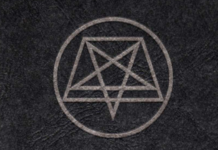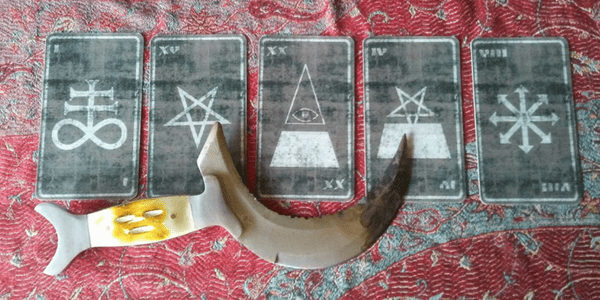I was putting together a time-line for another essay when something occurred to me. Various religions that started as fringe have grown and expanded over the years, many becoming legitimate in the eyes of the mainstream (or at least, approaching legitimacy), but somewhere along the line we seem to have run out of steam.
Early into the twentieth century Aleister Crowley received Liber AL vel Legis or The Book of the Law, the central text of Thelema, a new religion or spiritual technology (I’ll leave it to those more invested to argue which description suits it best). Crowley joined the OTO and shortly afterwards assumed the role of the OHO, subsequently reworking its rites and rituals to integrate the principles of Thelema, effectively setting it up as a Thelemic organization, which it remains today.
In the late 1950s Malaclypse the Younger and Omar K. Ravenhurst received a divine revelation from a chimpanzee in a bowling alley. There they learned of Our Lady of Chaos, Eris. The Goddess of Discord was alive and well and continues to merrily wreak havoc on mortals, who don’t always seem to get the joke. Indeed, Kerry Thornley (Omar K. Ravenhurst) described it as a religion disguised as a joke disguised as a religion… Even so, Discordianism’s still around and stronger than ever, even if it’s not always taken as seriously as some of its more greyfaced adherents would like.1
Gerald Gardner published Witchcraft Today in 1954 and in 1959, The Meaning of Witchcraft, fabricating a new religion in the process: Wicca. Literally hundreds of different traditions have sprung up in the wake of these two books. Wicca’s done a lot of growing up in the past fifty years, and it’s showing in a positive way. Today Wicca (and neo-Paganism in general) are far more accepted and understood than they were when the tenants of the general faith were still being invented.
Anton LaVey first published The Satanic Bible in 1969, and to my knowledge it’s remained in print ever since. The Church of Satan was founded in 1966, and many subsequent groups (The Temple of Set, the First Church of Satan) and traditions (Modern Satanism, Luciferianism, Setian, etc.) have sprung up since. Satanism’s always had a shady reputation, and continues to do so today, but the Satanic Panic of the 80s is over and it seems the mainstream is more broad-minded than ever. Now Satanists can openly declare their religion in the British navy.
However, unless I’m missing something obvious (and that’s entirely possible), this brings us to the end of the list when it comes to religious innovation on the fringe: for the past thirty years we’ve been riffing of what we’ve already got. Sure, there’ve been many permutations of these (Wicca and Satanism especially), but after the 1970s we don’t see any new and markedly different fringe esoteric religions spring up.
A case might be made for chaos magick, which began in the late 1970s, but I consider it more of an approach to magickal practice than a spirituality in and of itself.
Likewise the 80s and 90s saw a rise in vampirism as a lifestyle and this arose a distinct subculture with esoteric overtones, but nothing constituting a distinct religion or organized spiritual system. Similar things can be said for the rise of Otherkin in the mid-90s, a time when aliens and UFOs were also the height of fashion.
I may be out of the loop, but the recent trend seems to be toward atheism (finally), and may become the characterizing feature of the ‘nills. It will be interesting to see where we go from here.
Originally published on Plutonica.net 05 November 2007.
Image credit: Jami Dwyer.
- Yahoo! still lists Discordianism in its Humour section: http://dir.yahoo.com/Entertainment/Humor/Religion/Discordian/ despite loud protests and a petition to have it moved to the Religion category several years ago. [↩]








